As women in Nigeria continue to grapple with the economic challenges brought on by the pandemic, the rising cost of basic hair care products has become an added burden. In this article, we explore how women are coping with the surge in prices and how it is impacting their self-care routines. We also hear from hair stylists on their observations and recommendations for women on a budget.
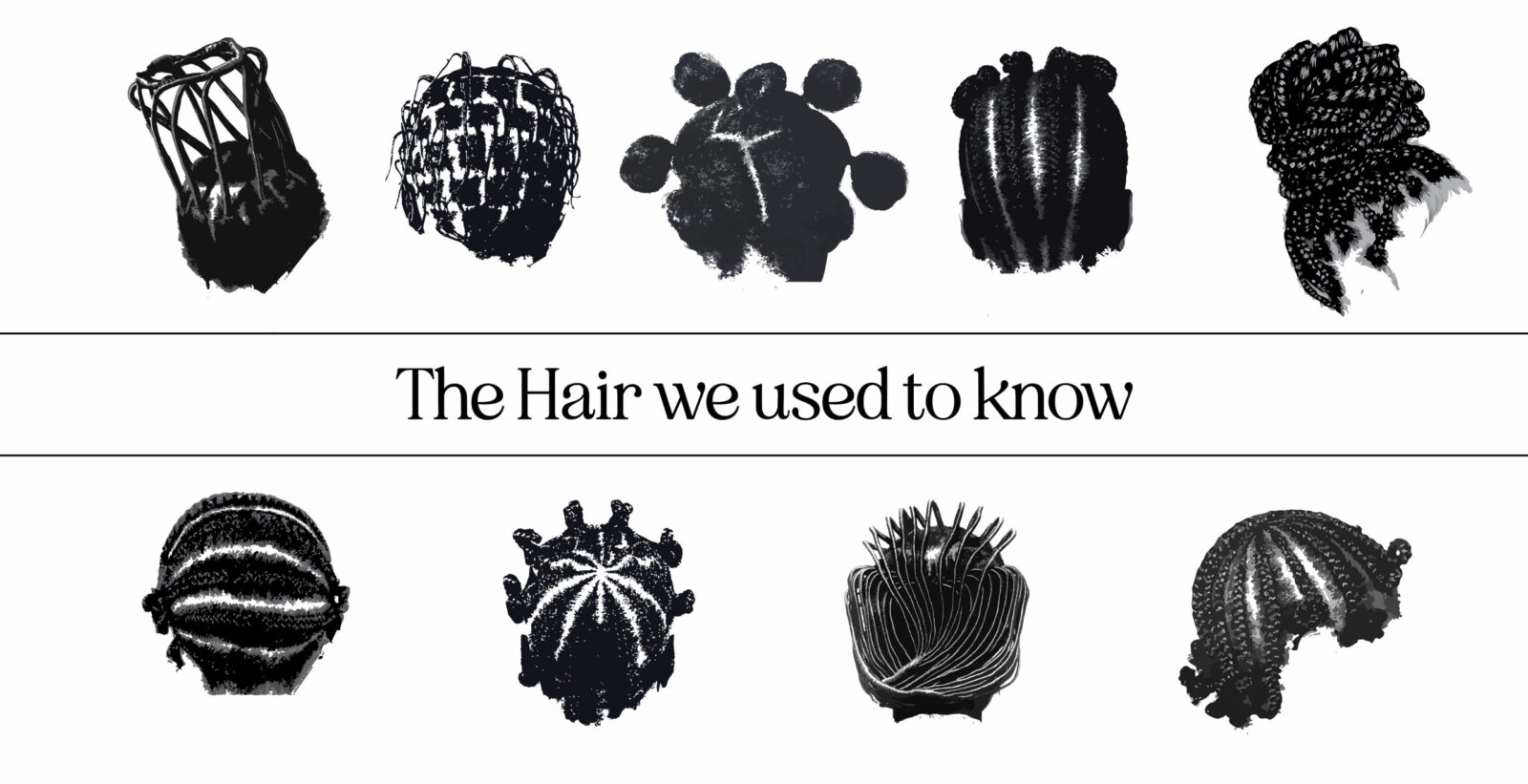
Ah, capitalism. That alluring yet often challenging-to-grasp economic system has been the cornerstone of modern society since the industrial revolution. We understand how it works, yet it still surprises us with its complexity. A great example is the cost of basic hairstyles for African women, which has seen drastic fluctuations.
In this article, we’ll explore how the cost of these hairstyles has changed and capitalism’s role in it. We’ll also look at the potential implications of these changes and how they might affect African women.
But first of all, what is capitalism anyway?
In the simplest of terms, capitalism is the system in which individuals, businesses and other organisations are free to produce and exchange goods and services to make a profit. It is based on the principles of competition and supply and demand, which help to ensure that the prices of goods and services are determined by what people are willing to pay. Under capitalism, the market—rather than the government—determines the prices of goods and services and the allocation of resources.
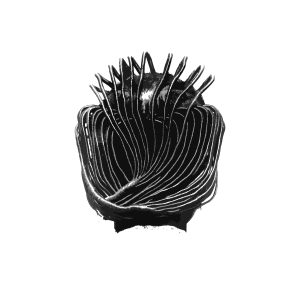
TL;DR? Capitalism is an economic system based on private ownership and the goal of making a profit. Competition and supply-and-demand determine the prices of goods and services. The market, rather than the government, guides the economy.
Okay. But what does this mean?
Many of us were taken to the market to get our hair done as kids. Remember that woman who would make you sit between her laps and push your head down into her lap so she could reach the back of your head? Well, like it or not, she is what we would refer to as a “specialist”.
These women specialised in all our favourite (and not so loved) hairstyles- all back, patewo, police cap, etc. It didn’t matter to us then what tools they used, but they might have purchased their supplies, such as hair gel, combs, and clips, at a discounted rate in bulk, and they charged customers a fixed fee for their services. I don’t really remember how much my mum paid then. However, I know for sure I could still walk into Tejuosho on a Saturday afternoon in 2016 and pay N500 for my all back. Of course, as these stylists became more popular and their services were in higher demand, they might raise their prices accordingly to make more profit.
In a capitalist system, the hairstylist can determine the prices of their services and purchase the supplies they need, guided by the market rather than the government.
“I have to save longer than expected to be able to afford basic hair. That used to be the saving plan for luxury hair. Now even the “cheap” wigs are taking longer to save for due to the ridiculous price surge.”
- Brella Animashaun
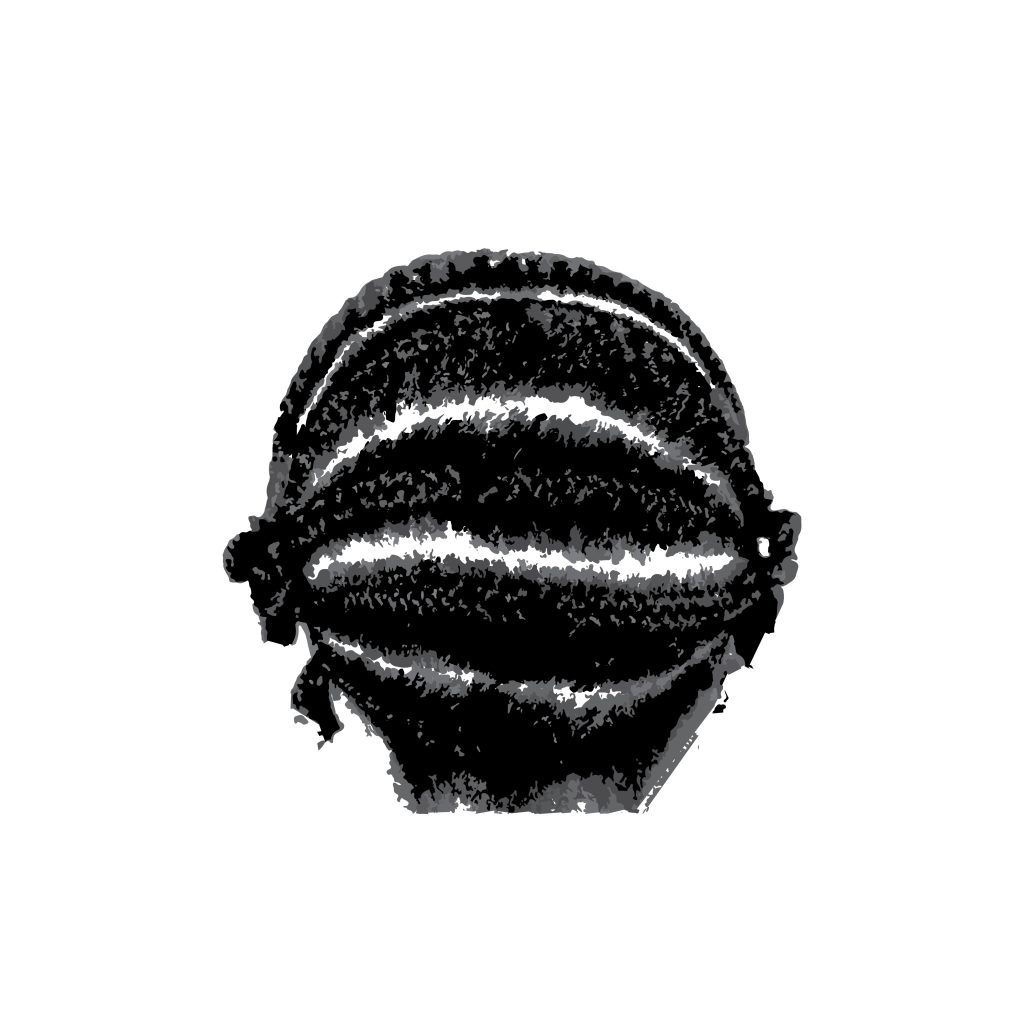
Capitalism has profoundly impacted the cost of basic hairstyles for African women. In the past, we had access to a range of hairstyles and products at affordable prices, often relying on our own skills and that of a local hairdresser to execute the desired look. However, with the rise of capitalist economies, there has been a shift in the availability of hairstyles and the prices associated with them.
The influx of capitalist-oriented businesses has resulted in the emergence of salons, beauty supply stores, and other services that cater to a more affluent clientele. These businesses offer more expensive services and products and often charge a premium.
The rise of capitalism has also significantly influenced the availability of natural hair products. Many of the products available to us before the rise of capitalism were made with natural ingredients. Still, the emergence of commercial brands has led to the exclusion of natural ingredients from most of the products available in the market. This, combined with the increased cost of services, has made basic hairstyles for African women a lot more expensive than they used to be.
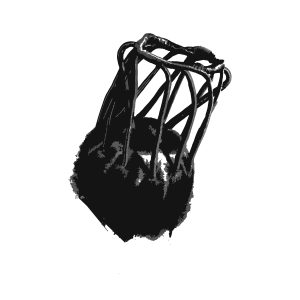
“I try to ensure I can still afford my hair care products by not using them as frequently and as much as I used to. Basically, I try to ‘manage’ them. The rising prices mean I now have to ration how much hair products I use. It doesn’t feel so good as I can’t do as much/intensive hair care as I want to.”
- Ifeoluwa Apantaku
The impact of capitalism on the cost of basic hairstyles for African women has been significant. The rise of capitalist economies has led to an increase in the price of services and products related to hairdos and a corresponding decrease in the availability of natural ingredients. As a result, African women are paying more for basic hairstyles than they used to and, in many cases, are being priced out of the market.
We cannot talk about capitalism like it is a ghost. The market is the driving force behind capitalism, and we all have a role to play in price increases. It is not something that happened but rather the result of countless decisions and actions numerous individuals took. Therefore, understanding the market and how it affects our economy is critical.
Unrealistic beauty standards have had a profound impact on the way African women view their appearance. In addition, the rise of capitalist economies in African countries has created a market for expensive beauty products and services, further perpetuating the idea that beauty must be purchased. This places an added burden of financial obligation on African women to meet these standards as they attempt to keep up with the beauty trends in their society.
“The rising costs of basic hair prices in Nigeria have affected my budget greatly. I’ve had to cut down on the elaborate styles I’d usually go for because the hairdressers now charge exorbitant prices for the same hairstyles with different names.”
Nebi Olumekor

The beauty standards of today’s society are heavily influenced by the prevalence of Capitalism. As the costs of basic hairstyles, beauty treatments, and products continue to climb, many women feel pressured to keep up with the latest trends, even if it is out of their budget. In recent years, beauty standards have been further perpetuated and reinforced by the rise of social media and the popularisation of Nigerian films. Social media platforms have caused many to compare themselves to the seemingly perfect images they see on their feeds, leading to insecurity and self-doubt. Similarly, Nigerian films depict unrealistic and unattainable beauty standards for many, further exacerbating the pressure to keep up with these standards. This pressure can be challenging for those who cannot afford the expensive products and services often advertised.
The pressure to meet unrealistic beauty standards is also linked to African women’s lack of education and representation in Western media. Historically, African women have been portrayed negatively and are not given the same opportunities as their white counterparts. This has resulted in a lack of representation of African women in the media, further perpetuating the idea that beauty can only be attained through expensive products and services.
Why all this talk about beauty standards?
For centuries, Nigerian women have recognised the importance of their hair in representing their beauty. Hair is an integral part of our identity, with its texture, length, colour, and style all playing a role in our overall look.
Nigerian women often view their hair as a form of self-expression and adornment. Hair is often seen as a way to express one’s unique style and individuality. In addition, hair is often seen as a representation of a woman’s age, marital status, and social standing.
From intricate braiding styles to bright colours and accessories, We constantly use our hair to express our creativity, individuality, and strength. Hair is integral to our beauty, and we embrace any opportunity to show the world who we are. From exploring different styles and colours to accessorising our locks, We use our hair as an outlet to demonstrate their boldness, courage, and beauty.
Hair care is a necessary part of any woman’s beauty routine, and unfortunately, it can also be expensive. Unfortunately, over the years, the cost of hair care services has been steadily increasing, and it’s essential to consider the historical perspective of this trend.
In the past, hair care services were often done in the home. Women would mix up their own concoctions to use as shampoos or conditioners, or they would enlist the help of a family member to style their hair. With the emergence of professional salons and stylists, the cost of hair care services began to rise. As the demand for professional services increased, so did the prices.
Today, women spend more money on hair care services than ever.
This could be due to various factors, such as the increasing popularity of specialised products, the prevalence of celebrity hair stylists, and the rising cost of living. Therefore, understanding the history of the growing expenses is essential to make informed decisions regarding hair care.
One of the earliest trends influencing pricing was home remedies’ availability. Before professional salons and stylists were commonplace, women often relied on home remedies to care for their hair. This could mean mixing up their own concoctions as shampoos or conditioners or enlisting the help of a family member to style their hair. As these home remedies became less popular, the demand for professional services increased, and the cost of hair care services increased.
Another factor that influenced pricing was the advent of specialised products. As more and more products were created specifically for hair care, the cost of these products began to rise. This, in turn, increased the cost of services, as stylists had to pass on the cost of these products to their clients.

“The rising cost of basic hair prices has affected the way we do business. Our clients are now more cautious about how much they are willing to spend on their hair, and as stylists, we have had to adjust our prices to reflect the current economic reality. We are also more intentional about educating our clients on how to take care of their hair at home, to reduce the need for frequent salon visits.”
– Chioma Obi (Professional Hairstylist)
Finally, the rising cost of living impacted hair care services. As the cost of living increased, so did the cost of services. As a result, salons and stylists had to increase their prices to cover rising costs, including rent, utilities, and wages.
These early trends have shaped how we think about hair care today and have impacted the pricing of services.
The Nigerian economy has seen a dramatic growth in demand for high-end products and services over the past few years. This growth has been driven by increased disposable incomes and a growing middle class. As a result, the demand for luxury items and services has increased dramatically, reflected in the rising prices.
One of the most notable areas of increased demand has been in the area of haircare. Many Nigerians opt for more high-end hairstyles and services, such as hair extensions and haircuts, with advanced techniques. This has led to a rise in the cost of basic hairstyles, with many salons charging exorbitant prices for their services.
The higher cost of these services has been driven by several factors. First, increased demand has led to increased competition among salons, which has led to higher prices. In addition, the cost of products used for the services has risen as the quality and variety of the products used have improved. Finally, the rise in the cost of living in Nigeria has also had an impact, as the cost of living has risen significantly over the past few years.
“The rising cost of basic hair prices has had a major impact on the hair industry in Nigeria. Clients are no longer willing to spend as much on their hair, so stylists are experiencing a decrease in business. We are also facing challenges with sourcing quality hair products at affordable prices, affecting the quality of services we offer. It’s a difficult time for everyone in the industry, but we are finding ways to adapt and stay afloat.”
– Tunde Adewale (Salon Manager)

The increased demand for high-end products and services is a testament to the growing affluence of Nigerians. With more people having access to disposable incomes, more people are willing to spend on luxury items and services. Salons and other providers of services need to be mindful of the cost of their products and services, as it is vital to ensure that they remain affordable for the average Nigerian. In addition, more affordable options should be made available to ensure everyone can access the services they need.
Regarding capitalism, the cost of hair care services in Nigeria is determined by various factors, including the cost of materials, labour, and the demand for the service.
First, the cost of materials is essential in determining the cost of hair care services. Hair care products, including dyes, conditioners, and styling products, are all subject to varying prices depending on the type and quality of the product. As the cost of these products rises, so too does the cost of hair care services. Additionally, the cost of natural hair products, like shea butter or coconut oil, has increased in recent years, further driving up the cost of hair care services.
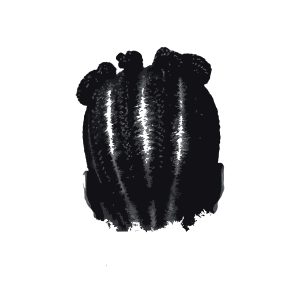
“I have noticed that the price of basic hair products has gone up significantly over the last few months. As a stylist, I have had to search for alternative products that are still of good quality but more affordable for my clients. I have also had to be more creative with the styles I offer to accommodate clients who cannot afford the more elaborate styles due to the rising costs.”
– Bisi Adekunle (Salon Owner)
Second, the labour cost is also a significant factor in the price of hair care services. The cost of labour is determined by the provider’s skill level. Therefore, the labour cost can vary significantly depending on the area and the provider’s profession. Furthermore, the demand for hair care services can also influence the cost of labour, as providers may charge higher prices to meet the demand.
The demand for hair care services is an essential factor in determining the cost of hair care services. Providers may charge higher prices to meet demand if a particular style is in high demand. This is especially true for complex styles such as braids or dreadlocks. Likewise, if there is a shortage of hair care providers in an area, the cost of services may increase.
However, capitalism isn’t the only factor at play here.
Popular culture, social media, and celebrity influence have significantly affected the cost of basic hairstyles in Nigeria. As more Nigerians become influenced by the latest trends, they are more willing to pay more for their hairstyles, driving up the cost of basic styles.
Popular culture plays a significant role in Nigeria’s hair-pricing landscape, as popular hairstyles heavily influence the country. Styles like the famous pixie cut, the faux hawk, and the knotless braid were all popular in Nigeria, and the cost of achieving these styles has increased. Furthermore, as more and more Nigerians become influenced by the latest trends, they are willing to pay more for their hairstyles, driving up the cost of basic styles.
With the rise of platforms like Instagram and YouTube, more Nigerians are exposed to the latest hair trends and styles. But unfortunately, many of these styles require a professional stylist.
Many Nigerians look up to celebrities for fashion and beauty tips. Therefore, many Nigerians will attempt to replicate hairstyles. This leads to an increase in demand for the style and, thus, the cost of achieving it.
So what’s a girl to do?
Before we can start to consider low-cost alternatives, we first have to consider what is “low cost”.
Ultimately, Nigeria’s unequal distribution of resources directly impacts the pricing of hairstyles, as wealthy people can take advantage of the situation and charge more for their services. This has a detrimental effect on those who cannot access the same services and have to settle for lower-quality products and services at a lower price.
“I have noticed that the rising cost of basic hair prices has made it more difficult for my clients to maintain healthy hair. Many of them are resorting to cheaper, low-quality products, affecting their hair’s health. It’s important for clients to understand that investing in good hair products and regular salon visits is key to maintaining healthy hair, even in the face of rising prices.”
– Adanna Okafor (Hairstylist)
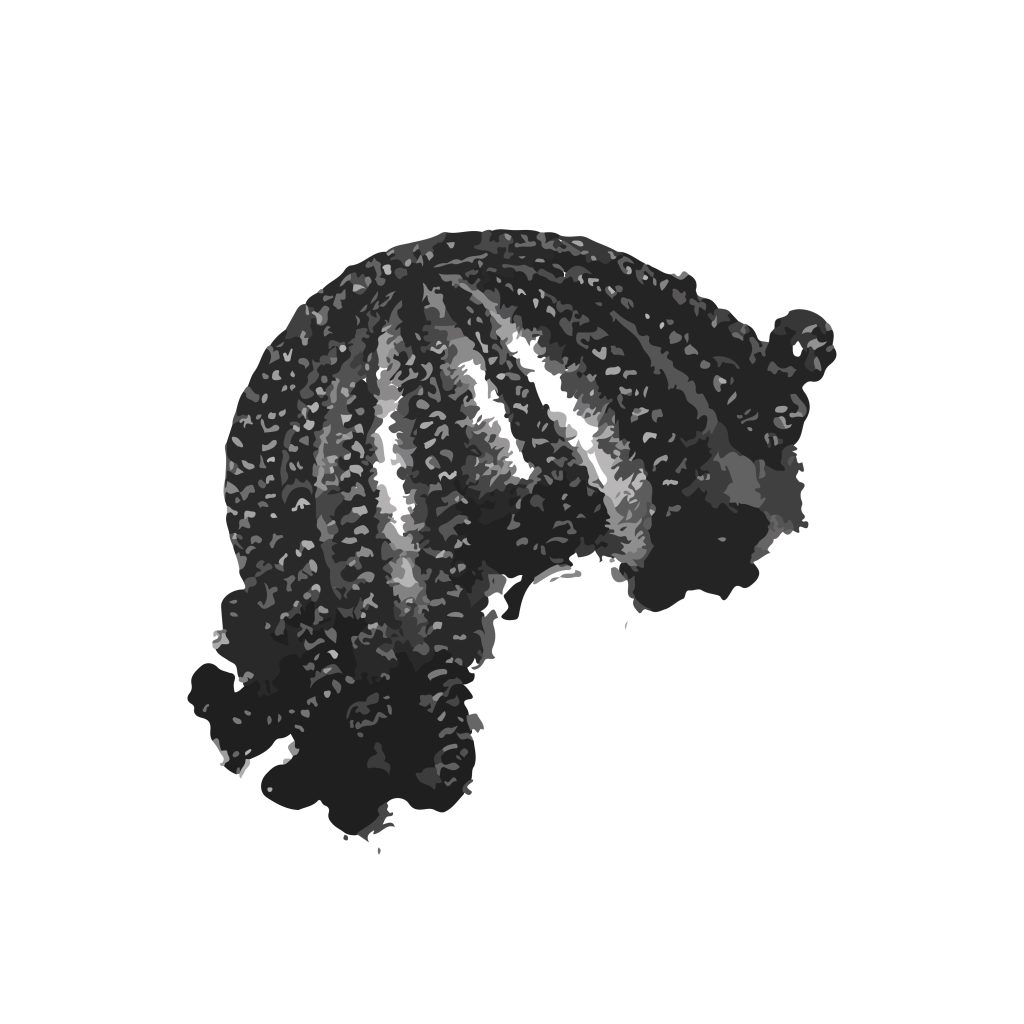
Wealthy people can access more expensive and exclusive hair services. At the same time, the poor and middle class often cannot afford the same services. This is because most hairdressers are concentrated in urban areas, where the wealthy can be found. Furthermore, the lack of access to quality hairstyling supplies, such as hair products and tools, has resulted in the availability of low-quality hair products and services, affecting the pricing of hairstyles.
I suggest fighting pressing irons with fire;
We literally have to go back to the drawing board if there is any hope of restoring balance.
The first way is to use natural ingredients. Look to local markets for natural ingredients, such as coconut oil, shea butter, and other oils, to create homemade hair masks and treatments. These natural ingredients are not only inexpensive, but they are also highly effective in helping to nourish and protect the hair.
Another way to reduce the cost of basic hairstyles is to find a local hairdresser willing to offer discounts. Many hairdressers offer discounts on basic hairstyles, particularly for those who come in regularly. Of course, you should sharpen your haggling skills for this one.
Many women are turning to DIY options, taking advantage of the wide variety of online tutorials and videos to help them style their hair at home. In addition, some women opt to purchase their own products, such as hair extensions and hair colouring, which can help them save money in the long run.
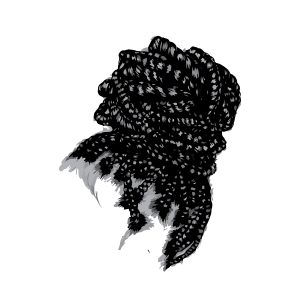
“The rising cost of basic hair prices has a ripple effect on Nigeria’s entire beauty industry. We are seeing a decrease in the number of clients coming into the salon and an increase in the number of stylists leaving the industry due to economic challenges. As a salon owner, I have had to adjust my prices and services to remain competitive while still offering quality services to my clients.”
– Chidi Nwosu (Salon Owner)
After all is said and done, the rising costs of basic hairstyles are a complex issue that can be attributed to several factors. The impact of capitalism, trends, and unrealistic beauty standards on hair care pricing cannot be overlooked. Furthermore, the historical trends that have influenced pricing in the past, combined with current factors like social media and celebrity culture, have resulted in a system that is increasingly difficult to navigate.
Despite women’s challenges regarding hair care, there is reason to be optimistic. Many people are pushing back against the unrealistic standards of beauty that have been imposed upon us. This has led to a growing movement of women embracing their natural hair textures and styles and rejecting the idea that they must conform to a specific look to be accepted.
In the future, we expect to see more inclusivity and diversity in the hair care industry. With social media allowing people to connect with others who share their struggles, it’s becoming easier for women of all backgrounds to find support and inspiration. Additionally, more and more hair care companies are recognising the importance of catering to diverse hair types and textures and creating safe and effective products for everyone.
As we continue to navigate the ever-changing landscape of the hair care industry, women need to stay informed and empowered. By advocating for ourselves and our needs, we can help ensure that hair care services are affordable, accessible, and cater to the unique needs of all women. With some knowledge and determination, we can create a future where women can express themselves through their hair without fear of judgement or exorbitant costs.

This article is worth reading! 👏🏾